Description
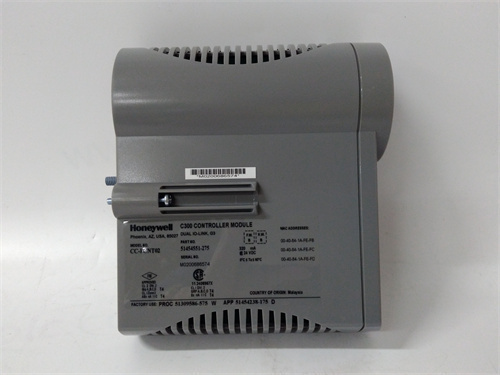
Parameter Specifications
- Power Supply: The CC – PCNT02 typically operates on a 24V DC power supply, with a current consumption of approximately 0.5A. This power requirement is common in industrial automation systems, allowing for easy integration into existing electrical setups.
- Counting Range: It has a wide counting range, capable of accurately counting events from 0 to 999,999. This high – capacity counting feature makes it suitable for various applications where large – scale counting is required.
- Input Signal: It can accept different types of input signals, such as NPN or PNP digital signals. The input signal frequency can reach up to 10kHz, enabling it to handle high – speed counting tasks.
- Output Signal: It provides multiple output options, including relay outputs and transistor outputs. The relay outputs can handle high – voltage and high – current loads, while the transistor outputs offer fast switching speeds for more dynamic control.
Applications
- Industrial Manufacturing: In manufacturing plants, it can be used to count the number of products passing on a conveyor belt. For example, in a packaging line, it can count the number of boxes to ensure the correct quantity is being packaged.
- Automotive Industry: In automotive production, it can count the number of parts assembled on a production line, helping to monitor production efficiency and quality control.
- Material Handling: In warehouses, it can count the number of pallets moved by forklifts or conveyors, facilitating inventory management and logistics planning.
Weight and Dimensions
- Weight: Approximately 0.3 kg, which is relatively light and easy to install and handle.
- Dimensions: It has a compact design, with dimensions of about 100mm (length) x 80mm (width) x 30mm (height). This small size allows it to be easily mounted in control cabinets or other limited – space environments.
Features
- High – precision Counting: With its accurate counting capabilities and high – frequency input signal handling, it can provide precise counting results even in high – speed industrial processes.
- Easy Configuration: It can be easily configured using onboard DIP switches or through a simple programming interface. Users can set parameters such as counting direction, preset values, and output actions according to specific requirements.
- Multiple Output Options: The availability of both relay and transistor outputs provides flexibility in connecting to different types of control devices, such as alarms, motors, or solenoid valves.
Stability and Reliability
- Robust Construction: Built with high – quality components and a durable enclosure, it can withstand normal industrial vibrations, shocks, and electrical interference.
- Long – term Stability: Through long – term testing, it has been proven to maintain stable counting performance over an extended period, with minimal drift or counting errors.
- Electrical Isolation: It provides electrical isolation between input and output circuits, protecting the device from electrical surges and ensuring reliable operation.
Practical Case
In a food packaging factory, the CC – PCNT02 is used to count the number of food packages passing on a conveyor belt. The input signal is connected to a photoelectric sensor that detects the presence of each package. As the packages move along the conveyor, the CC – PCNT02 accurately counts them. Once the preset number of packages is reached, the relay output of the CC – PCNT02 activates a sealing machine to seal the packaging carton. One day, there was a brief electrical interference in the factory. However, due to the electrical isolation feature and robust construction of the CC – PCNT02, the counting process continued without any errors, and the packaging operation remained smooth. This ensured the correct quantity of food products was packaged and sent to the market, maintaining product quality and customer satisfaction.










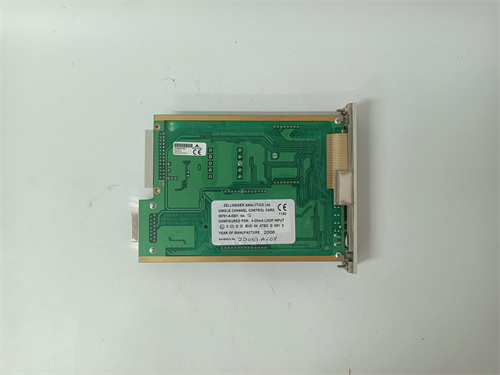
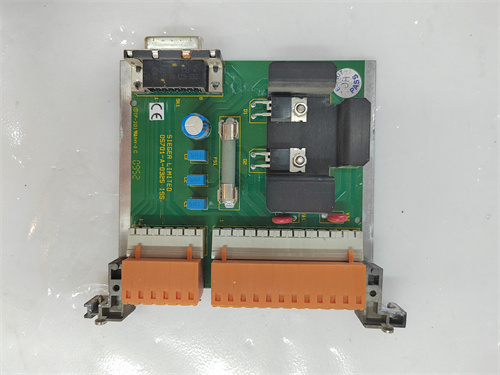
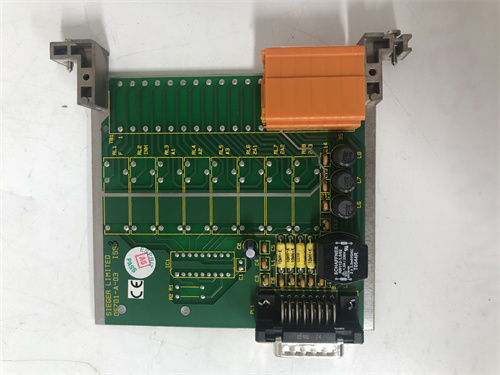
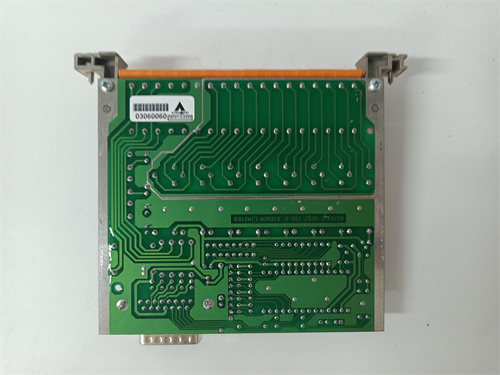
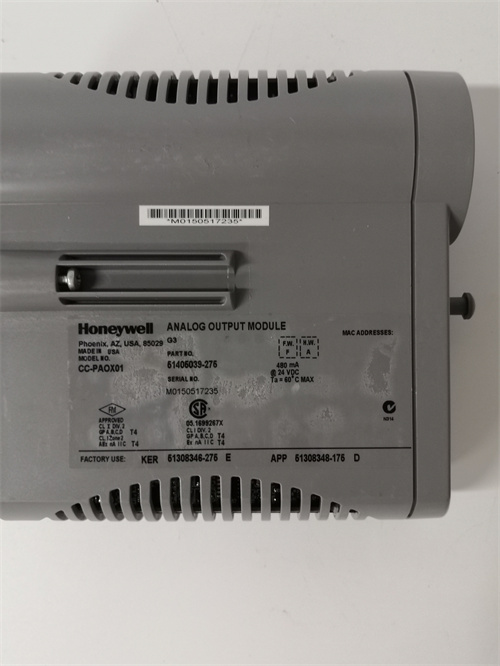
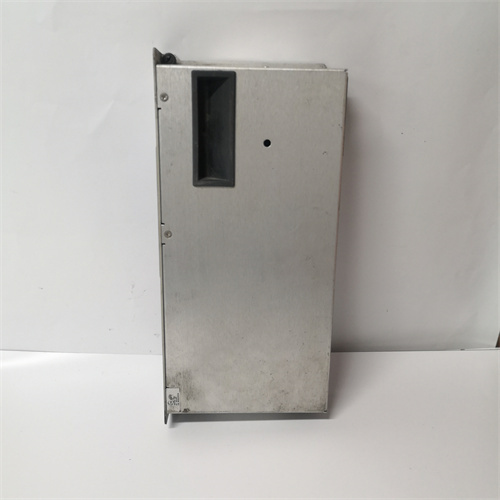
Reviews
There are no reviews yet.